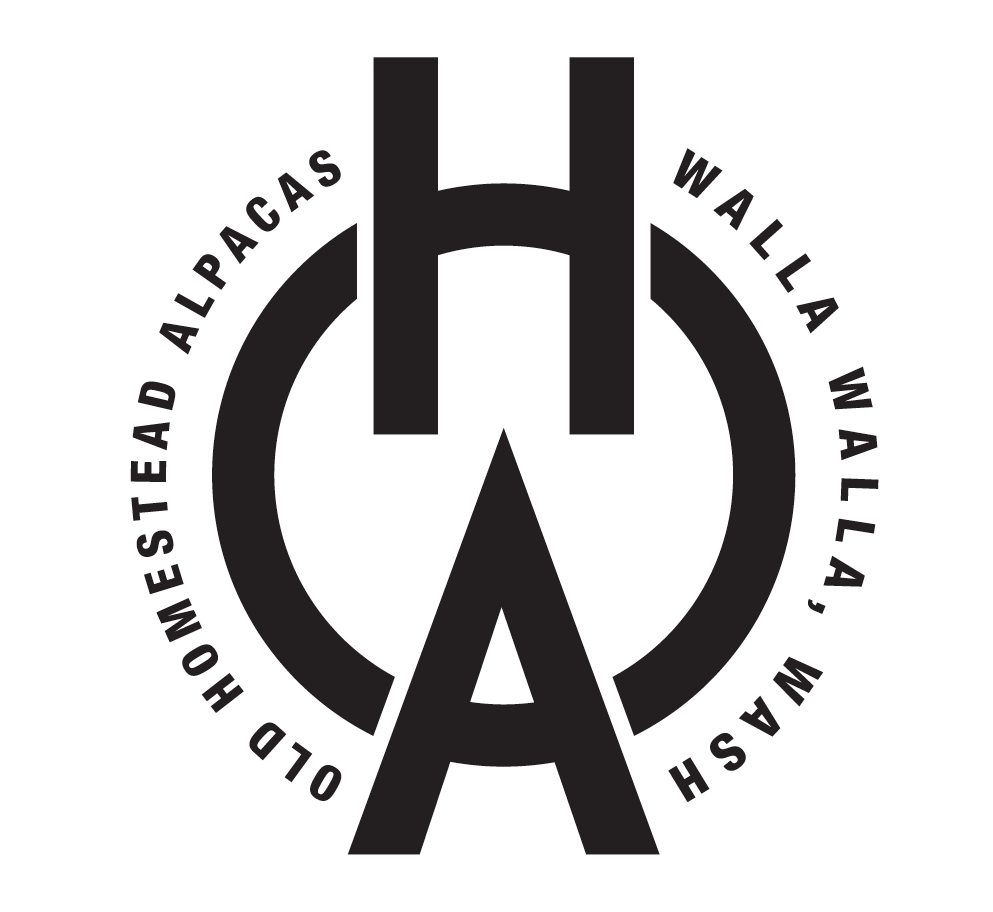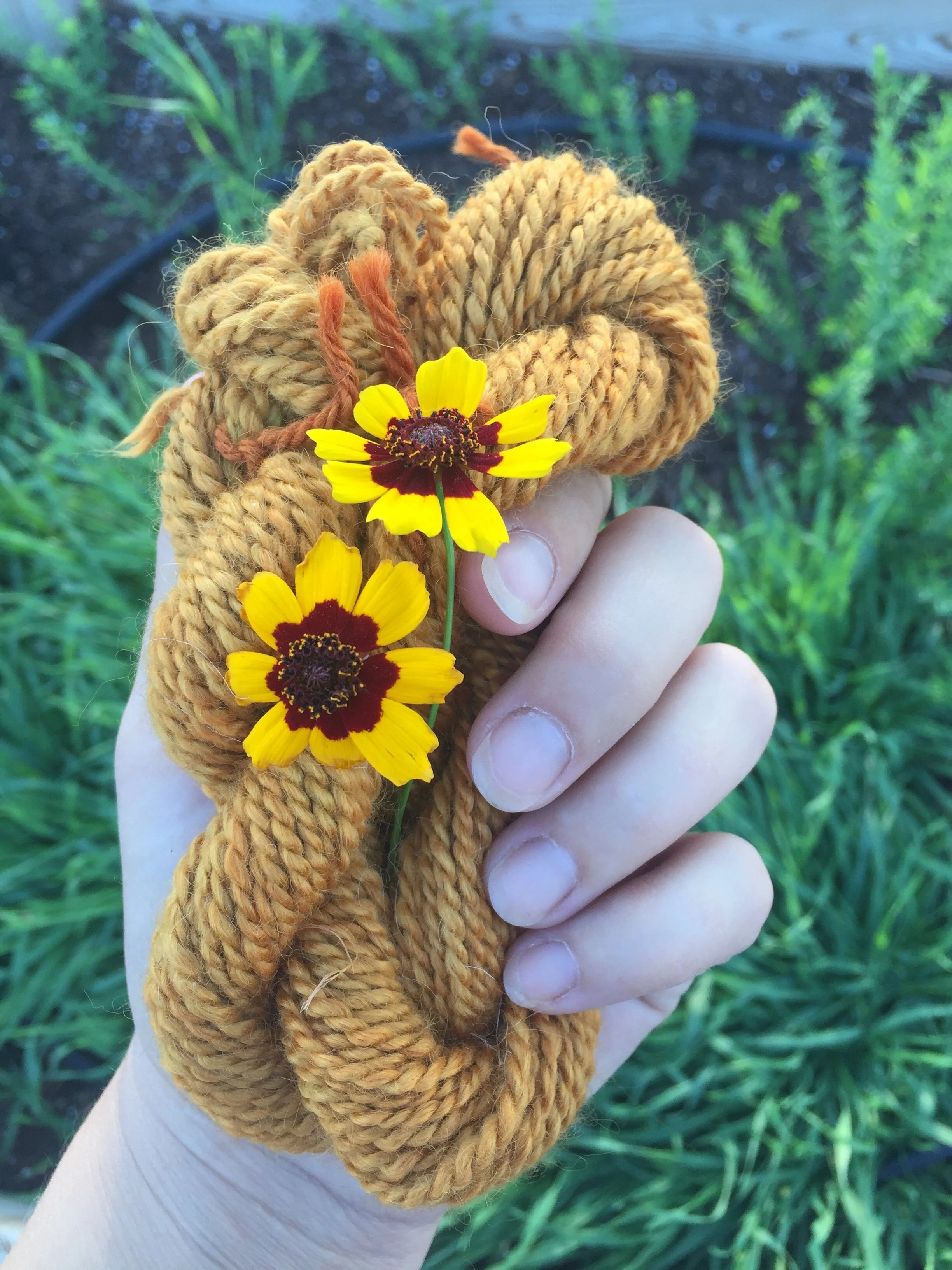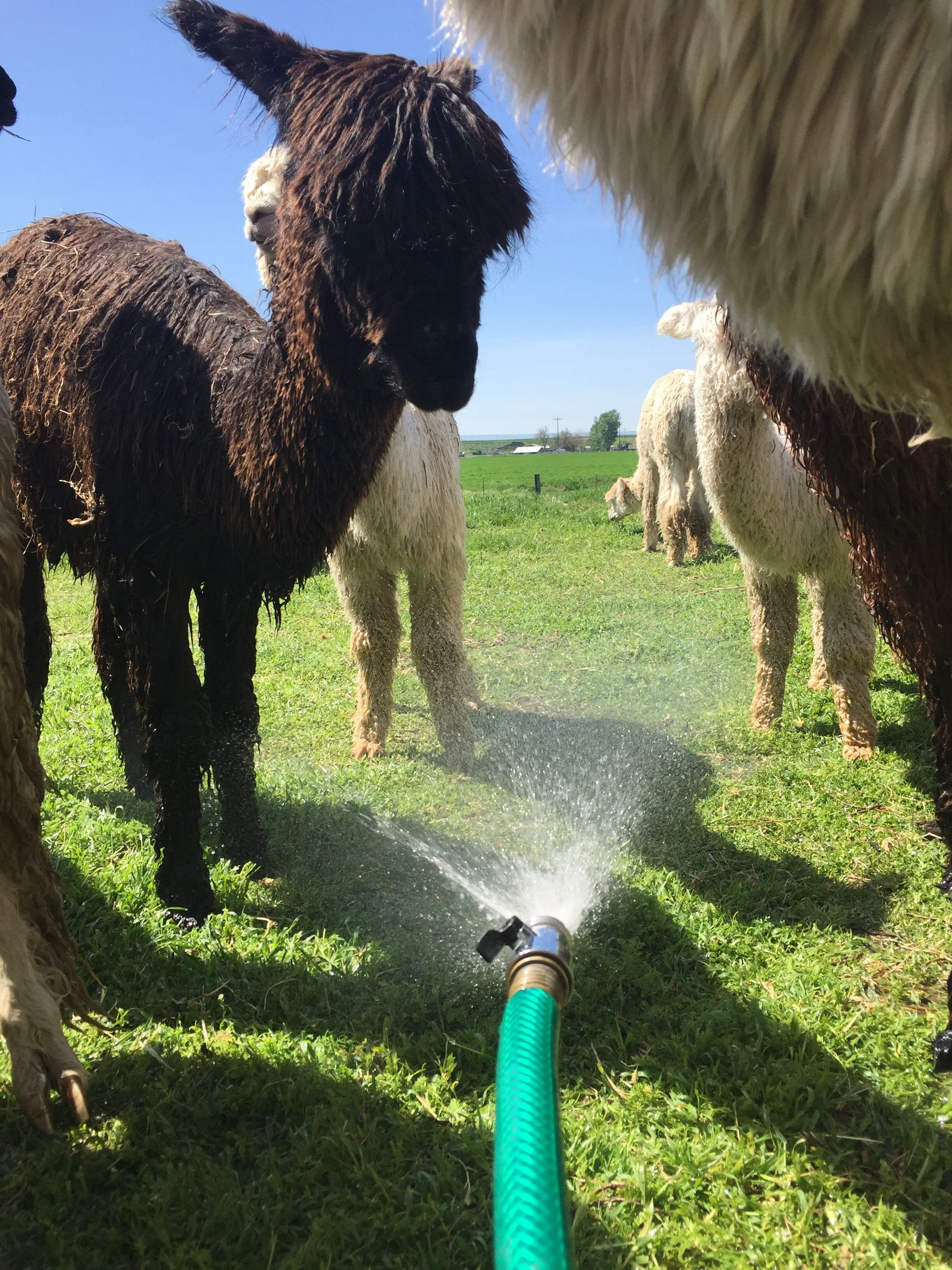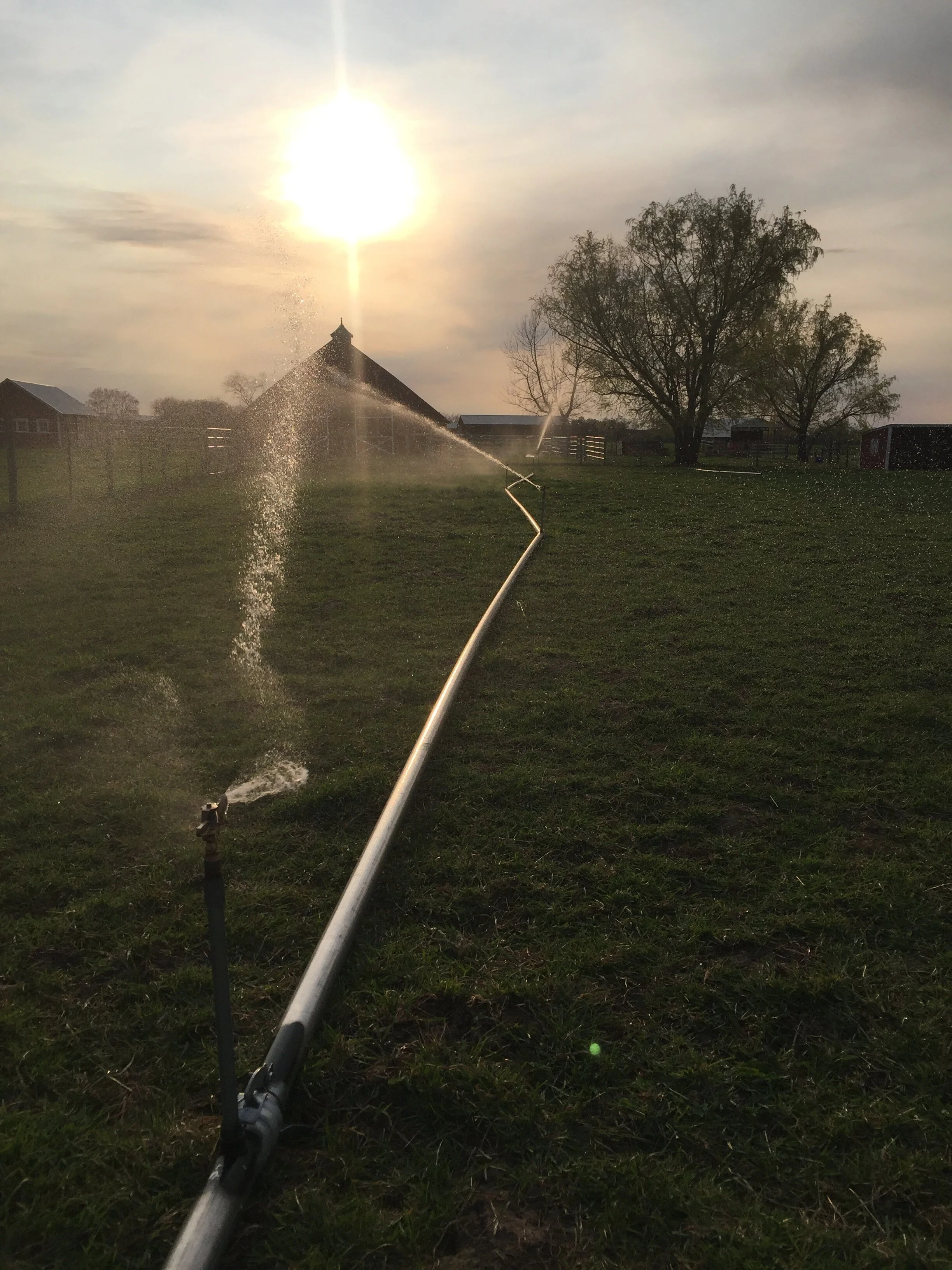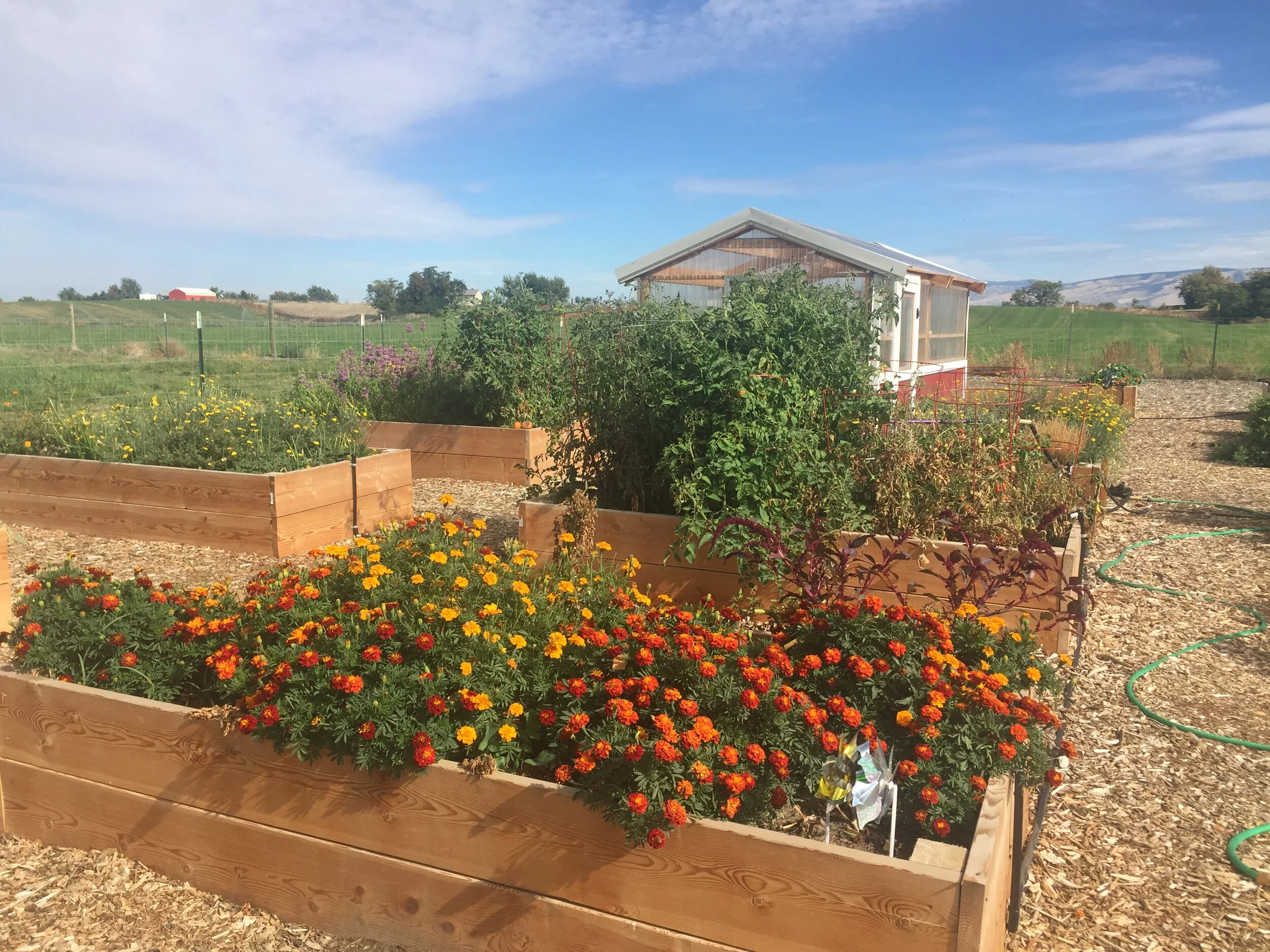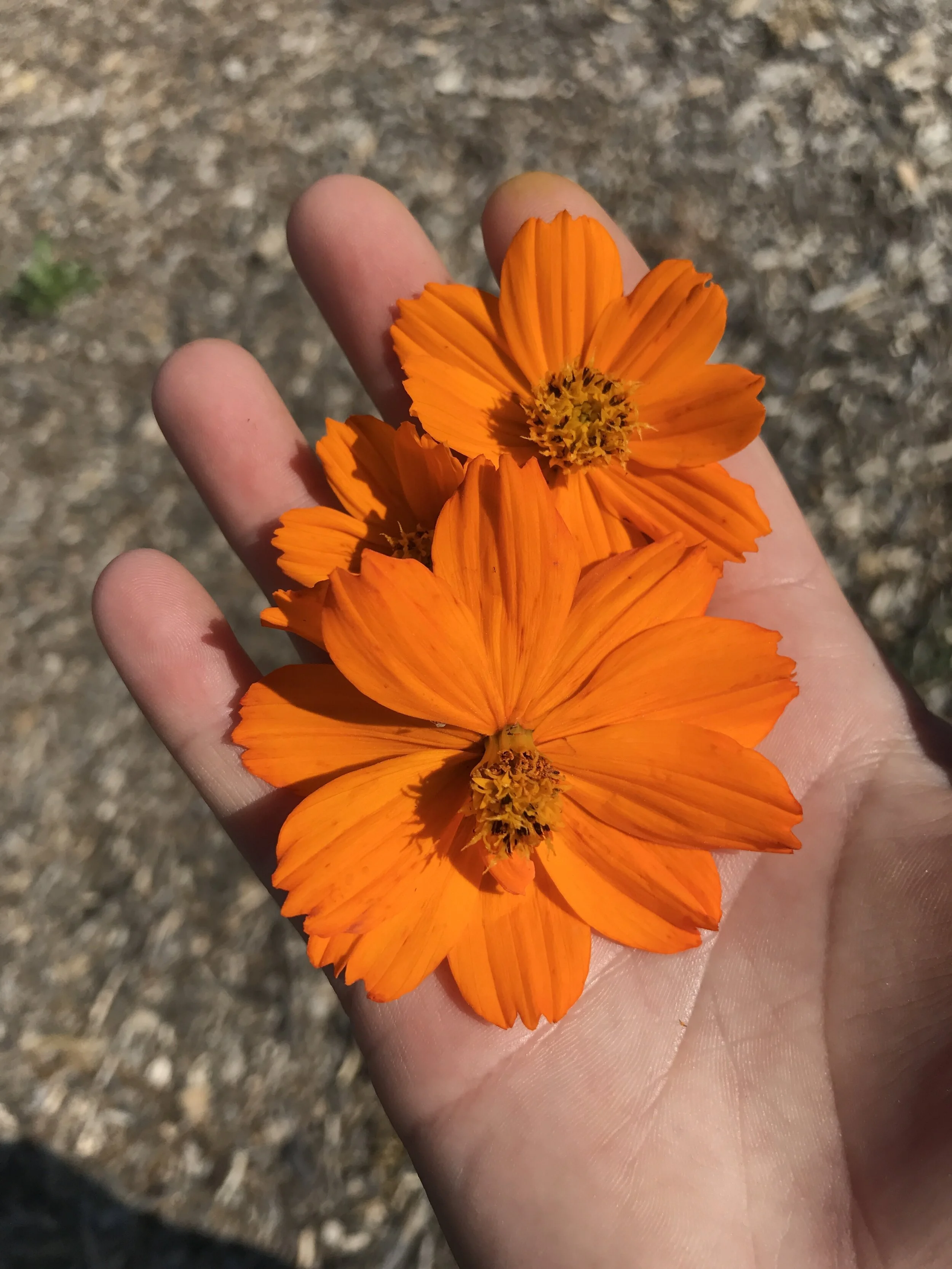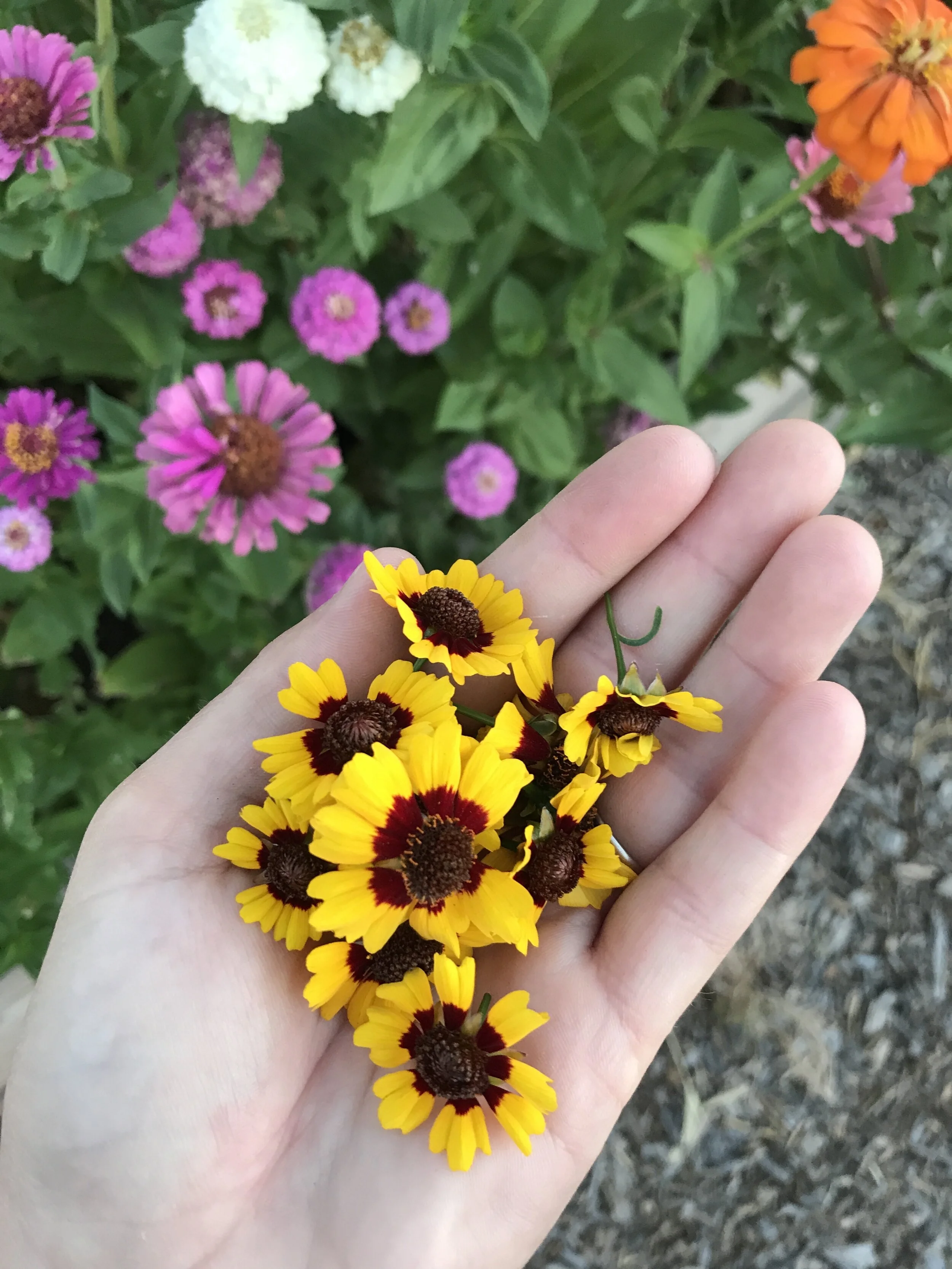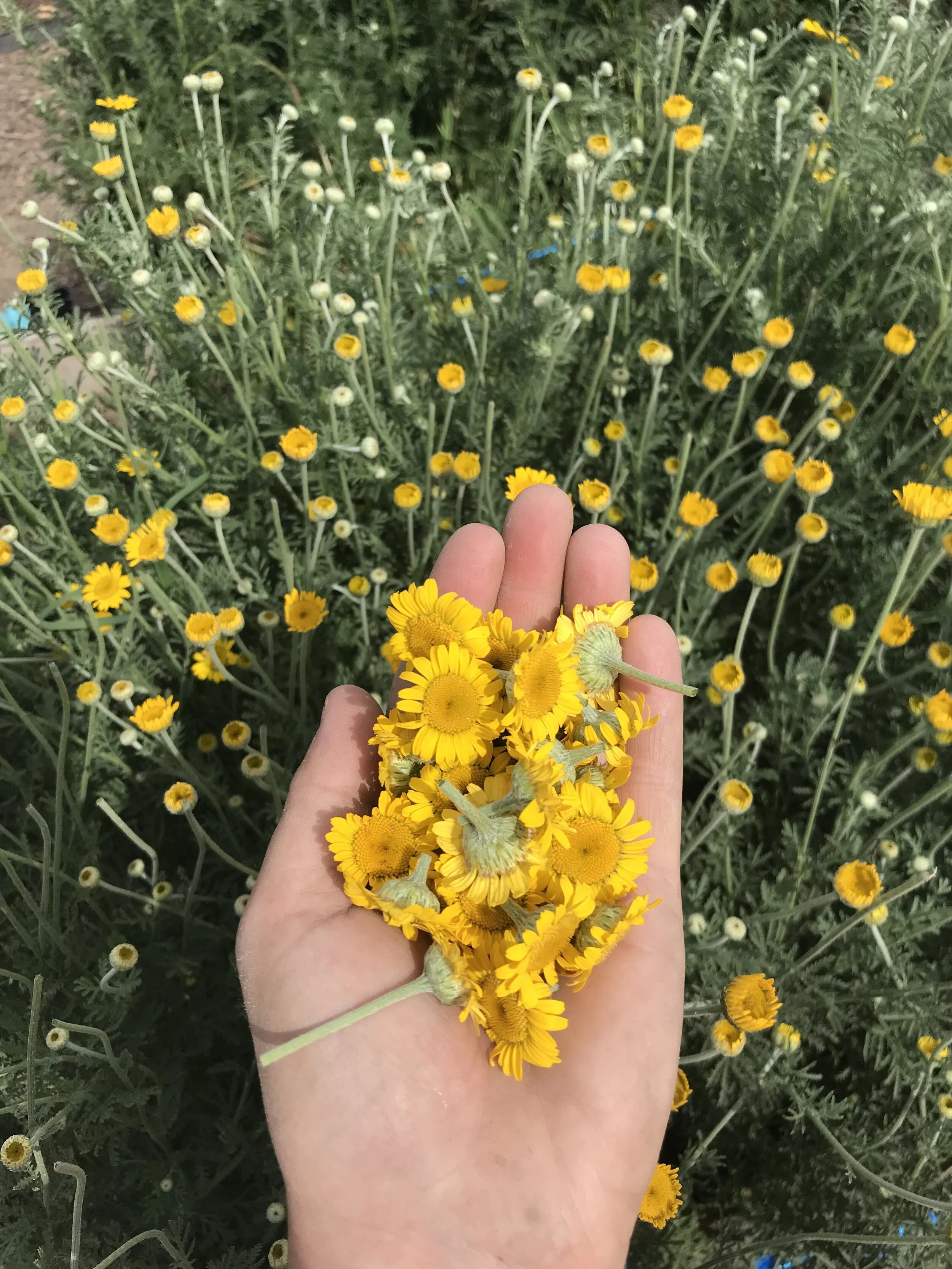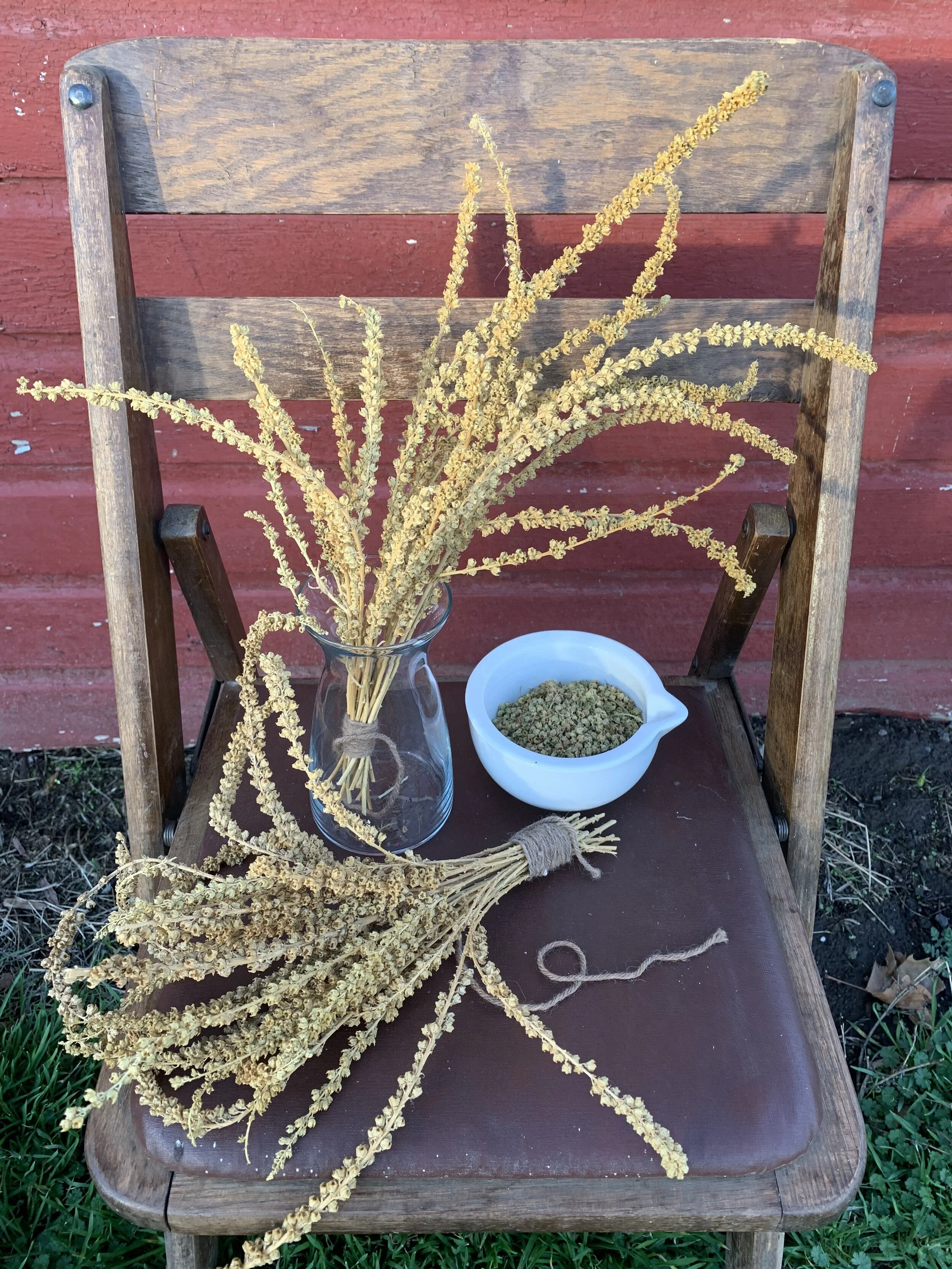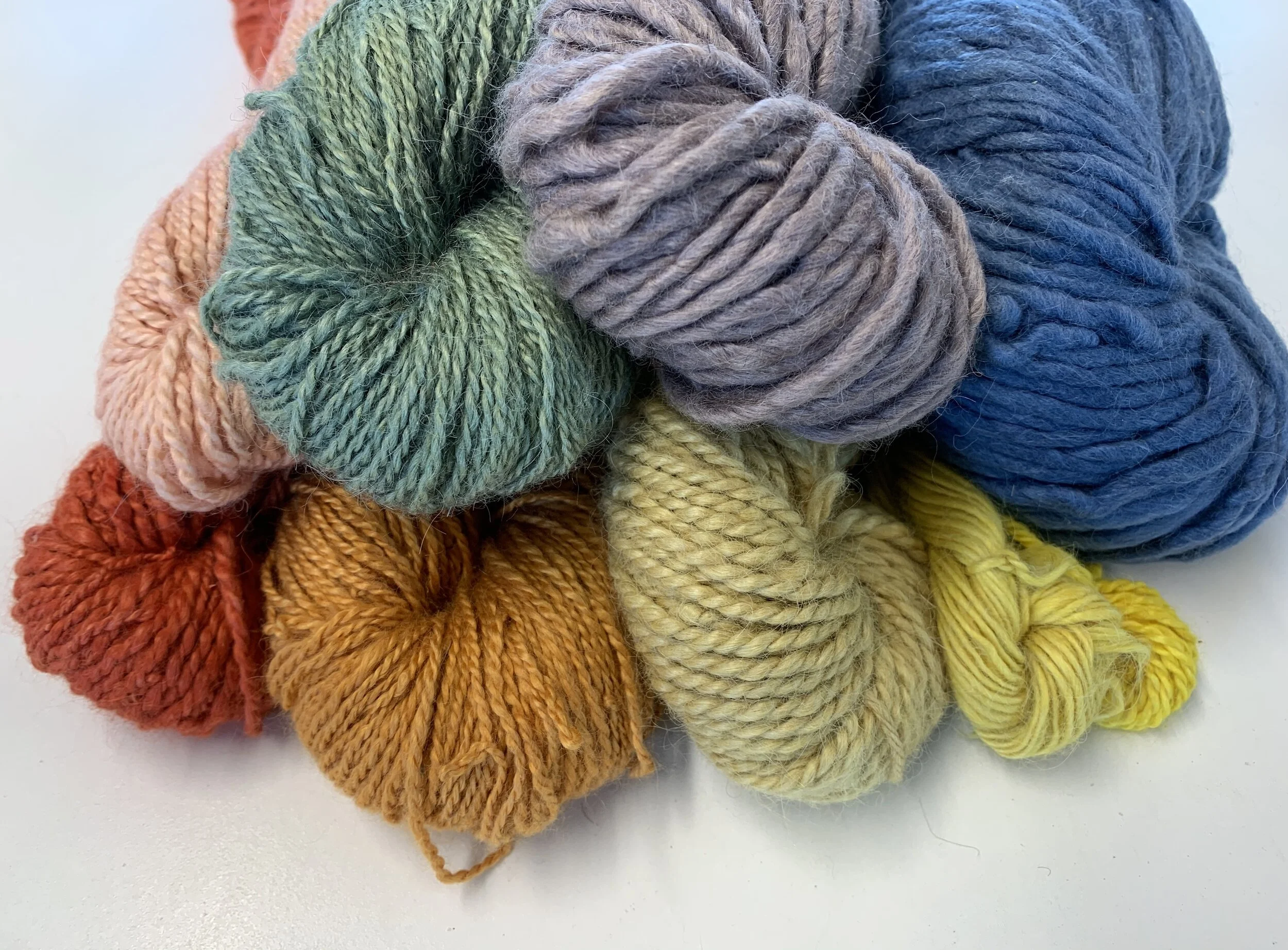A Color Story - natural dyeing on the farm
When I tell folks that I grow heirloom plants to produce dyes for our fiber, yarns and knitwear, they’re surprised.
Color, from a plant? Yes – and let me tell you – it is fascinating and it’s actually not a new concept at all! Our ancestors across all civilizations used plants and other natural elements to impart color on textiles, on the body, in artwork and on so many other things.
But with the advent of mass production and with the help of some hard-to-pronounce chemicals, we can produce gallons upon gallons of acid dyes, in tens of thousands of shades.
Unfortunately, we’re learning the true cost of that production. Run off from clothing factories have poisoned waterways and drinking water, irreparably damaging ecosystems, and hurting humans as well.
On our farm, we are cognizant of the mini ecosystem present within our 10-acre footprint. We are rural and this means we must be self-supporting and self-sustaining. We have our own well for irrigation and for household consumption, and the water filtration & septic systems to go along with it.
When you pump your own water and process your own waste, it doesn’t take long to recognize - what we put out is what we draw up. If we contaminate our soils, that will ultimately be reflected in our drinking water, the health of our animals and the quality of their fiber.
It is for these reasons we knew using contemporary dye processes would not work with our farm’s ecology. And because we are able to grow such an inherently exquisite natural fiber, I could not bear the thought of dumping a bunch of astringent manmade chemicals onto it just to get colors beyond our white, beige, brown and black herd.
Fortunately, nature provides! Learning about natural dyeing processes has been as enlightening for both creativity and recreation, and is just one more thing that sets our farm-grown knitwear apart from others.
We grow numerous heirloom varieties of plants that produce light and color-fast hues.
What’s that mean? Lightfast means that exposure to sunlight won’t substantially cause the color to fade out; color fast means that when you wash it, it won’t substantially run out either. Since our garments are worn and occasionally laundered, light and color fastness are essential.
There are many other types of natural elements that can be used to impart color, but often times they are fugitive – meaning they fade or run easily. Fugitive dyes, like coffee, black beans and pokeweed, can provide impressive color and are suitable for certain applications. Like decorative wall hangings or accessory items, for instance, where sunlight exposure and the need to launder do not come into play.
Right now we’re preparing the dye gardens by starting seeds in our greenhouse. In a couple of months, we’ll transplant new seedlings Here’s a listing of our staple dye crops.
Cosmos (Cosmos sulphureus)
Marigold (Tagetes erecta)
Madder Root (Rubia tincotrum)
Black Eyed Susan (Rudbeckia hirta)
Coreopsis (Coreopsis tinctoria)
Chamomile (Cota tintoria)
Weld (Resdea luteola)
